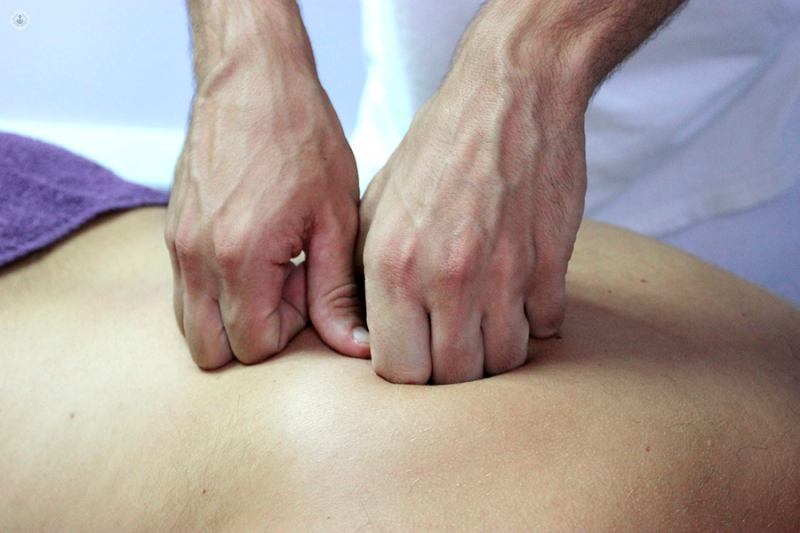Visceral osteopathy
What is visceral osteopathy?
Osteopathy is an alternative medicine where a manual therapist known as an osteopath detects, treats and prevents health problems by stretching and massaging the patient’s muscles, joints and connective tissues.
Visceral osteopathy involves the attempt to apply manual therapy techniques to the body’s inner organs, and therefore treat a much wider range of conditions. It aims to improve the movement of organs and relieve tension within the body, facilitating the functioning of the organs and its “natural” ability to heal itself.
Osteopaths are trained health professionals who are registered with the General Osteopathic Council. This means that osteopaths tend to have more training than other therapists such as naturopaths, and any given professional must adhere to a standard of practice. You can complain to the Council if you are not satisfied that they are practising safely.

Who does visceral osteopathy claim to treat?
A wide range of conditions have been claimed to be treatable by visceral osteopathy, including:
- Headaches and migraine.
- Pain and tension due to scarring.
- Digestive issues such as bloating, constipation, nausea and acid reflux.
- Urological problems such as pelvic pain, uterine fibroids, endometriosis, problems with the prostate, and incontinence.
- Problems affecting children such as persistent vomiting, gastritis, and infant colic.
- Mental health problems such as PTSD, anxiety and stress.
What does visceral osteopathy involve?
Like other forms of osteopathy, visceral osteopathy is a gentle form of manual therapy. The osteopath will spend a certain amount of time locating the “source” of tension throughout the body. Once the therapist believes source has been found, the osteopath will apply gentle compression, mobilisation, and elongation of the tissues.
A whole session should take about an hour. It may be recommended that you return for multiple sessions, depending on the severity of the pain or other symptoms you are experiencing.
What are the alternatives to visceral osteopathy?
Visceral osteopathy is based on the medically unsupported notion that adhesions occur frequently throughout the body and interfere with the function of organs. This is combined with the theory that all organs have a natural “axis” of movement, and that any disruption to this natural state can have knock-on effects to other systems, including the nervous system and digestive system. As of yet there is no significant evidence to suggest that osteopathy is an effective treatment for the conditions listed above.
Osteopathy involves gentle manual techniques and is therefore much safer than chiropractic treatment. However, there are also situations where manual therapy techniques used in osteopathy are not suitable and can cause damage, because of the risk of damage to the spine or bones. You might not be suitable to osteopathy if you have:
- Osteoporosis
- Certain forms of cancer
- Arthrtitis
- A bone fracture
- Haemophilia
- A blood clotting condition which means you have to take medication such as warfarin
For the conditions listed above it is important to continue with the treatment recommended by your doctor.
